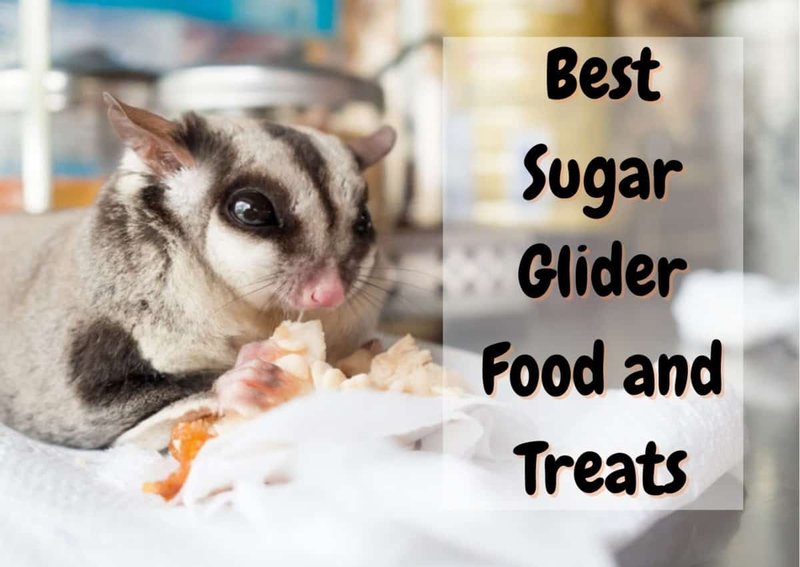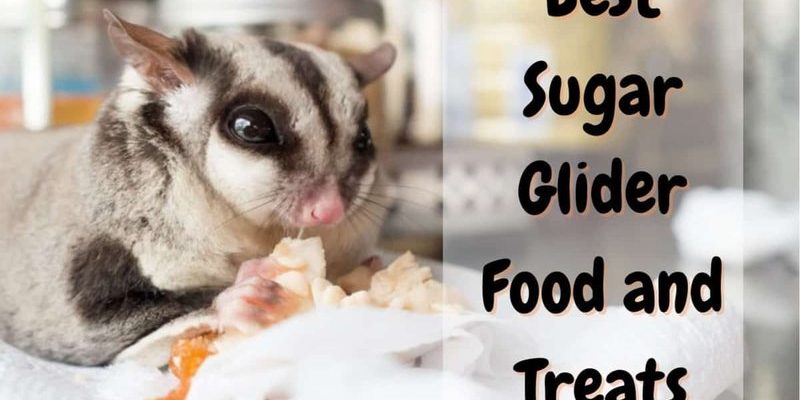
Diet is super important for sugar gliders. They’re not picky eaters, which is great, but their diet needs to be rich in nutrients to keep them healthy and happy. A mix of fresh fruits, vegetables, and specially formulated pellets can do wonders. Let’s dig into some of the best foods and treats that can make your little buddy’s meals both tasty and nutritious.
Understanding Sugar Glider Diets
Sugar gliders are omnivores, so they’ll enjoy a variety of foods. Their natural diet in the wild consists of nectar, fruits, insects, and even small animals. This means you can get creative with their meals! However, it’s important to remember that not everything is suitable for them. You might be wondering, “What can I safely feed my sugar glider?”
A good rule of thumb is to provide a diet that’s around 50% fruits, 25% vegetables, and 25% protein. This balance helps prevent health issues and keeps your pet energetic. If you’re unsure about specific foods, it’s wise to do a bit of research or consult your vet. Just like how we feel better with a balanced diet, the same goes for sugar gliders.
Fruits: A Sweet Treat
Fruits are a highlight in a sugar glider’s diet. They love the sweetness, and it’s a great source of vitamins. Here are some favorites:
- Mango: Rich in vitamin A and C, and it can really make them perk up!
- Bananas: Packed with potassium, these can be a great treat, but offer them in moderation.
- Berries: Strawberries, blueberries, and raspberries are all excellent choices, loaded with antioxidants.
When serving fruit, make sure it’s fresh and chopped into small, manageable pieces. A little tip? Avoid citrus fruits like oranges and lemons, as they can upset their tummy.
Vegetables: Crunchy Goodness
Vegetables are just as important as fruits. They offer essential nutrients and help keep your sugar glider’s digestive system running smoothly. Here are some veggies they’ll likely enjoy:
- Carrots: These crunchy treats are great for their teeth and are loaded with beta-carotene.
- Sweet potatoes: Another sweet option, sweet potatoes are packed with fiber and vitamins.
- Spinach: Though it should be offered sparingly due to oxalates, it’s a good source of calcium.
You can serve veggies raw or lightly steamed, depending on what your sugar glider prefers. Just like with fruits, chop them into small pieces to make it easier for them to eat.
Protein Sources: Power Up!
Protein is essential for sugar gliders, helping them build muscle and maintain energy. Here are some excellent options:
- Insects: Crickets and mealworms can be a fun treat! They mimic their natural diet.
- Cooked chicken: Offering little bits of cooked chicken can be a great protein source.
- Eggs: Scrambled or boiled eggs are a fantastic way to add protein to their diet.
While protein is important, moderation is key. Too much protein can lead to health issues, so rotate these options to keep things balanced.
Commercial Diets and Pellets
You might be wondering, “Should I just stick with commercial foods?”
There are many commercial diets specifically designed for sugar gliders available at pet stores. These diets often provide a complete balance of nutrients, which makes feeding easier. Look for pellets or powders that list sugar gliders specifically on the label. They can complement fresh foods well.
However, they shouldn’t make up your pet’s entire diet. Think of them as a *safety net*—they ensure that your sugar glider gets basic nutrients while you experiment with fresh fruits and veggies.
Homemade Treats: Getting Creative
Making homemade treats can be a fun bonding activity. Consider whipping up some simple recipes with ingredients you know your sugar glider will love. Here are a couple of ideas:
- Fruit Pops: Blend some favorite fruits with a bit of water and freeze them in small molds for a refreshing treat.
- Oat and Fruit Cookies: Mix mashed bananas with oats and a few chopped berries, bake, and you’ve got a tasty snack!
Just remember, while it’s fun to treat them, keep sugar gliders’ health in mind and avoid added sugars and salt. Homemade treats should be a rarity, not a regular part of their diet.
What to Avoid Feeding Sugar Gliders
While there are plenty of foods that are safe for sugar gliders, some can be harmful. Here’s a quick list of foods to keep away from them:
- Chocolate: A definite no! It’s toxic to many pets, including sugar gliders.
- Caffeine: This can lead to heart issues. So, skip the coffee and tea.
- Avocado: While it’s healthy for humans, it can be toxic to sugar gliders.
Always check before introducing a new food. If you’re ever uncertain, consulting a vet can help clear things up.
Final Thoughts on Feeding Your Sugar Glider
Feeding sugar gliders can be an enjoyable experience, especially when you find out what they love! Remember, a mix of fresh fruits, vegetables, protein, and quality pellets can create a well-rounded diet. Keep an eye on what they eat and make adjustments as needed.
Just like preparing a meal for yourself, it’s all about balance and variety. With a little attention and effort, you’ll keep your sugar glider healthy and happy. So, get out there and start experimenting with those foods—it might become one of your favorite parts of being a sugar glider parent!

